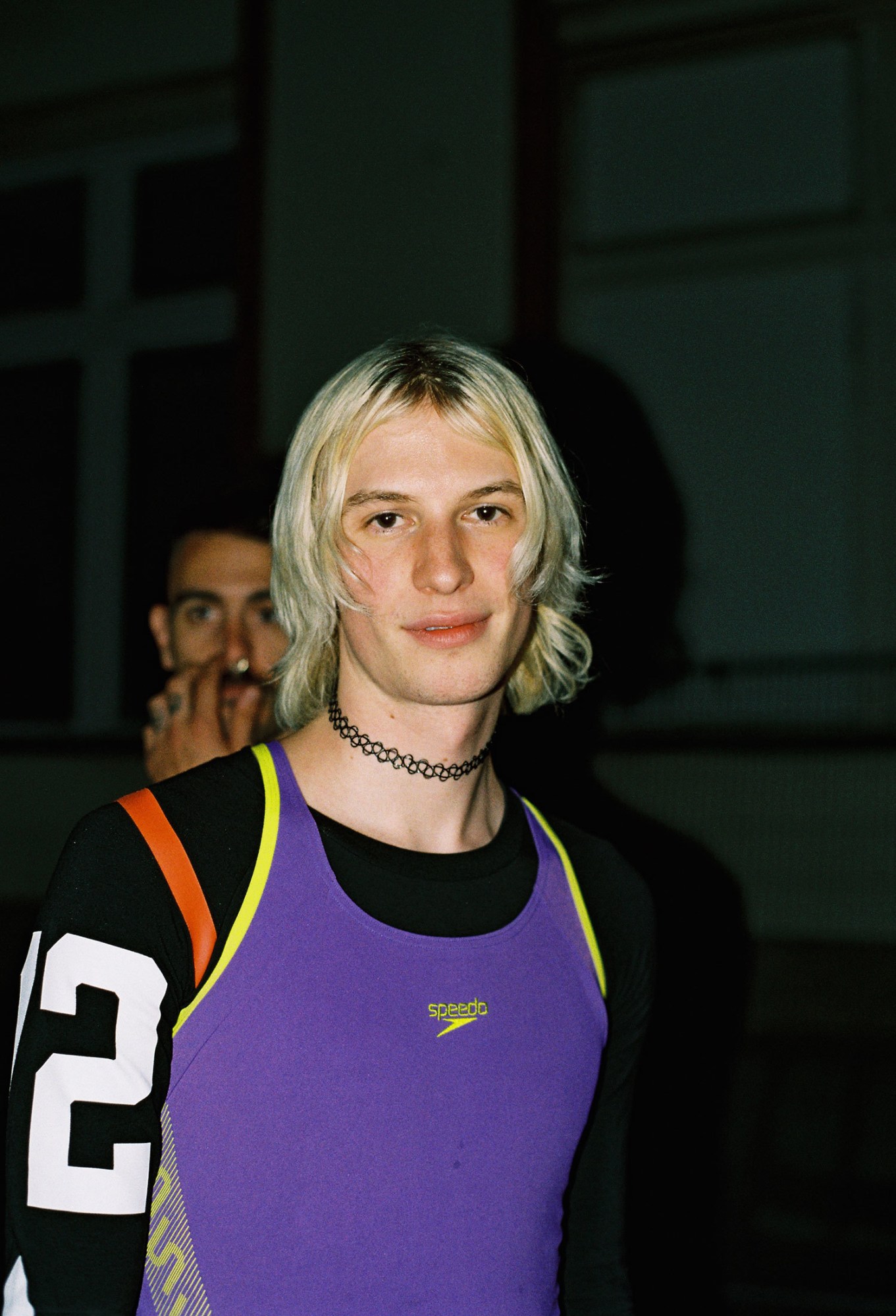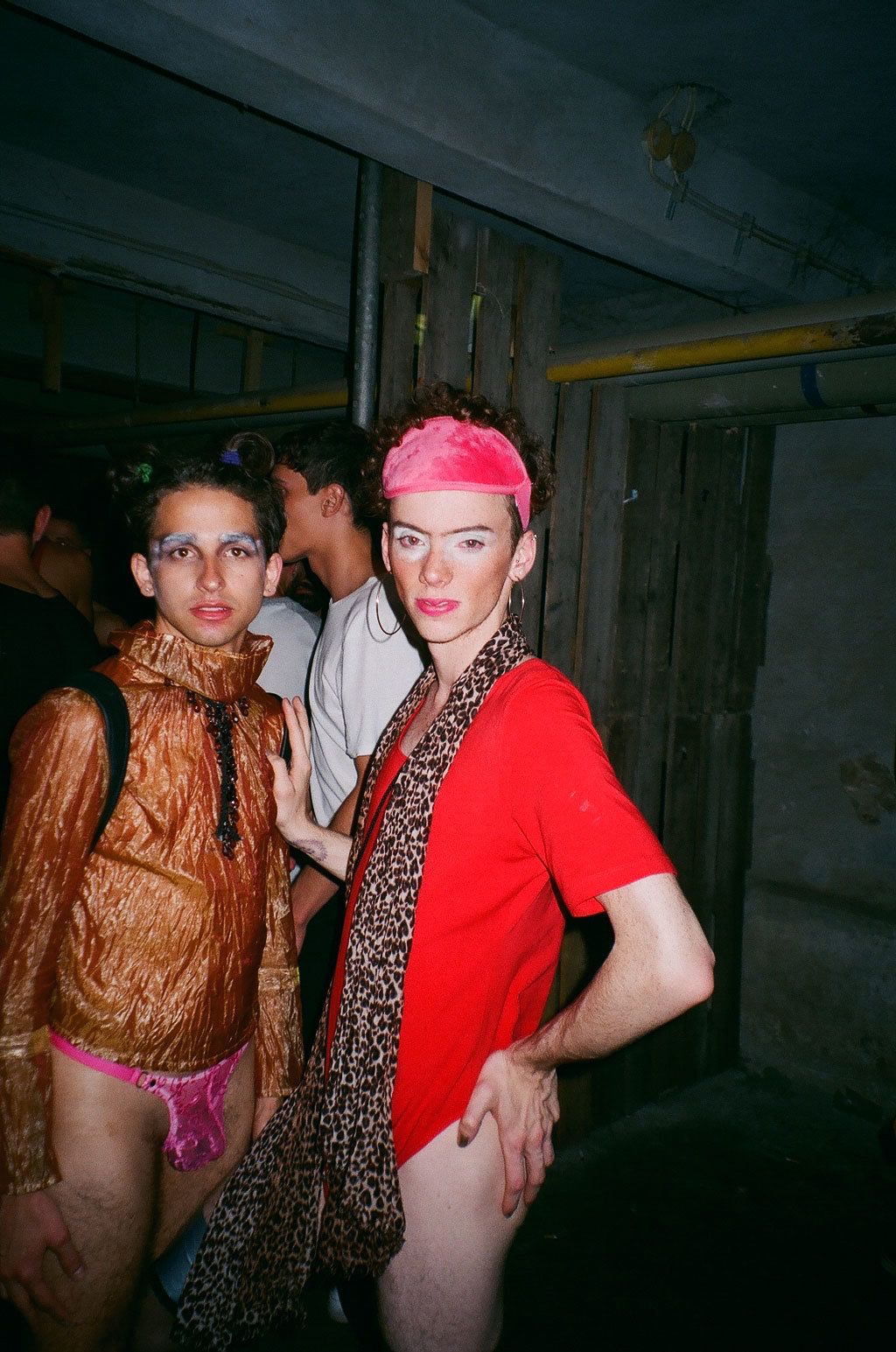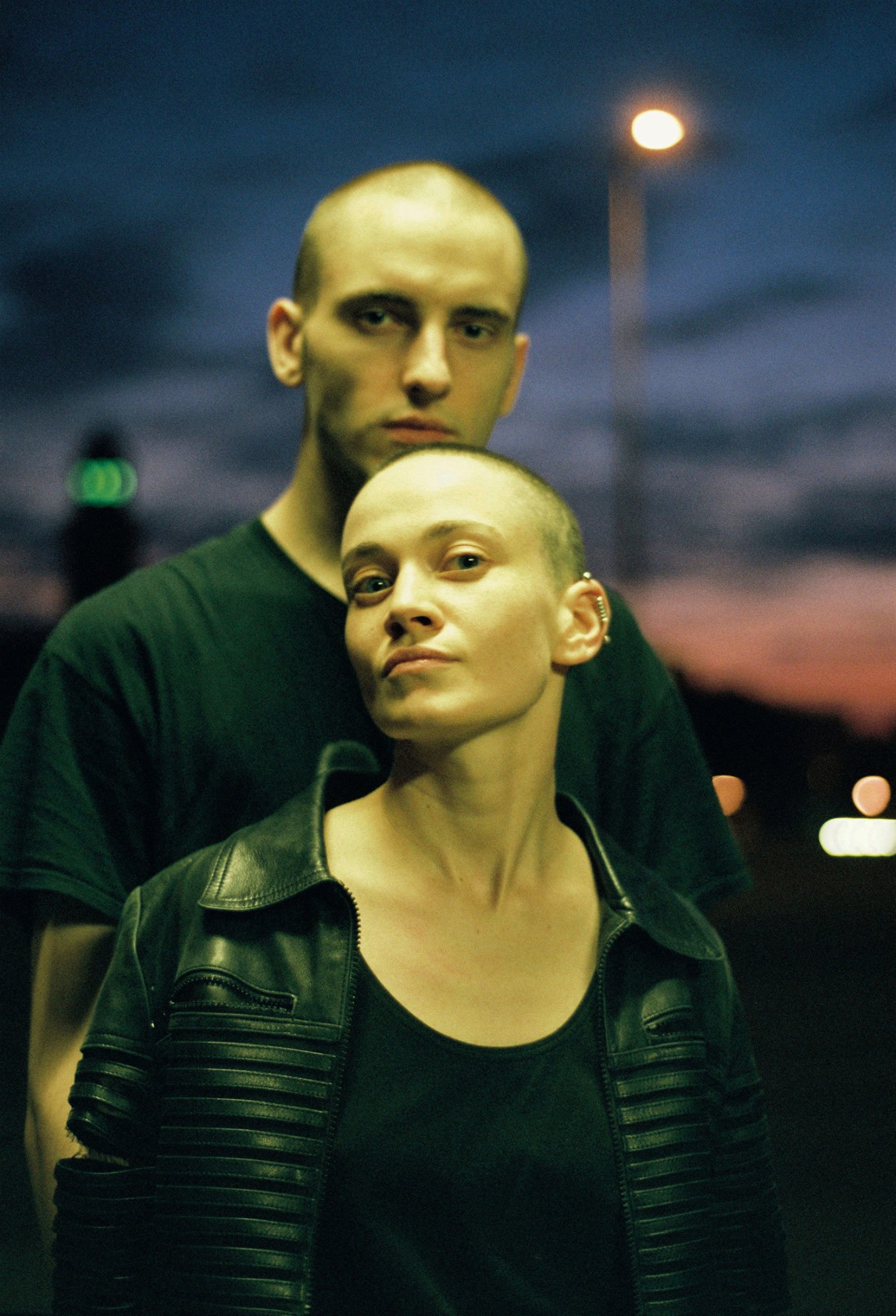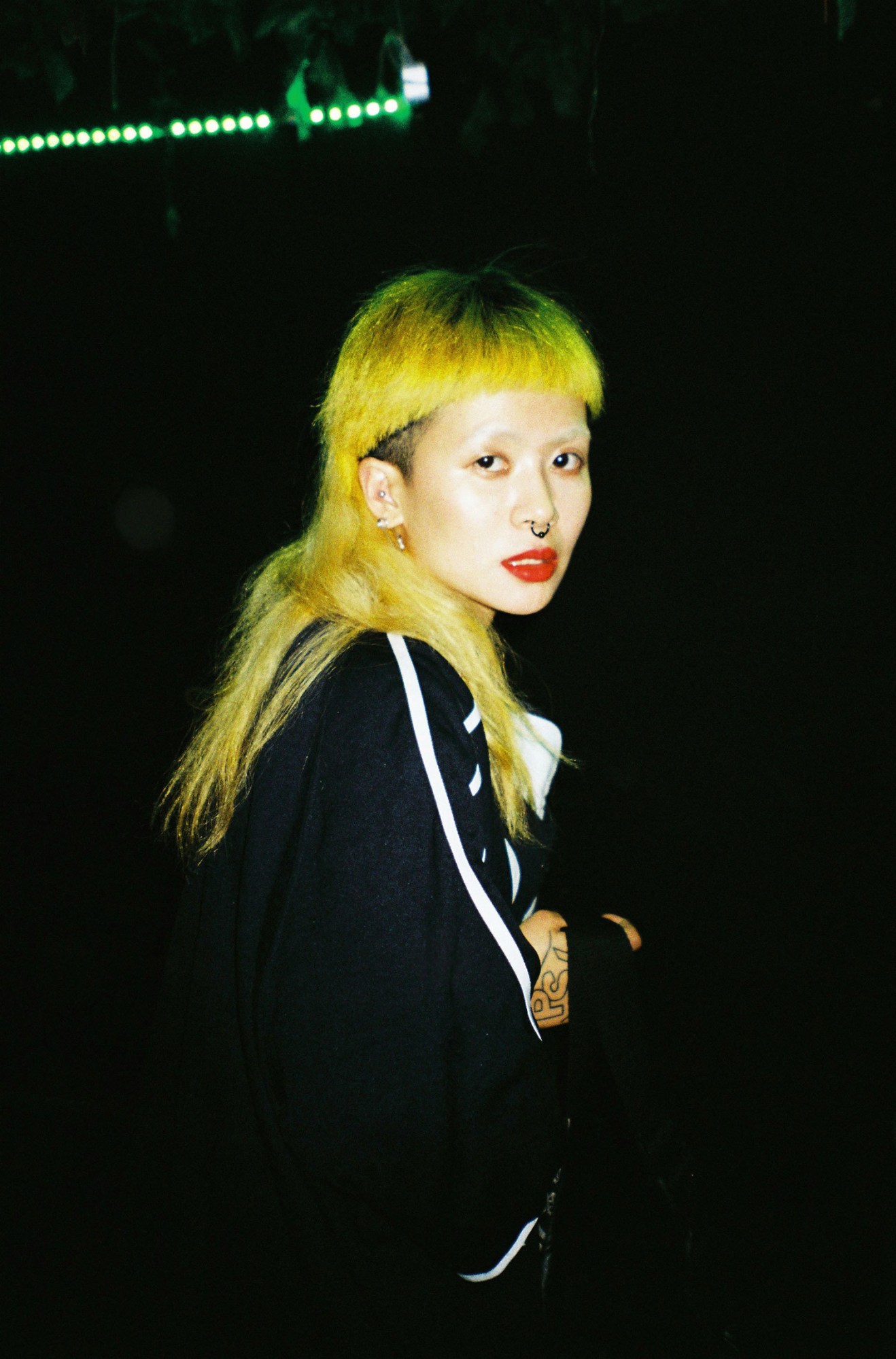Berlin has a special place in youth culture: its complex history has made it a gravitation point for creatives numerous times during the 20th century. Decadent cabarets of Weimar republic in the 30s, the rough appeal of West Berlin in the 70s and 80s, and techno-revolution of the 90s all contributed to shaping European modernity. Today, once again, Berlin is on the rise: amidst the growth of far-right movements worldwide it manifests itself as a truly cosmopolitan capital. While politicians once again talk about walls and borders, Berlin remains open for all. Immigrant in Berlin himself, photographer George Nebieridze documents the ever-changing face of the city.
Originally from Georgia, Nebieridze moved to Berlin three years ago — and felt at home almost instantly. “It happens very rapidly,” he says. “Even tourists call this place home. Moving here was like a breakthrough for me and I instantly felt like a part of Berlin, and Berlin became an Inseparable part of me”.
As a tribute to the constantly shifting nature of the city, Nebieridze started a series titled Nobody’s From Berlin in Berlin, a collection of portraits snapped at parties, on the streets, in parks and rented rooms. “Photographs in this project include angels and devils I met during the last three years here. Some are close friends — and some are about to become. Mostly we meet at parties — well, of course. There are various things that attract me in people, I feel like scouting sometimes and collecting portraits,” he says.
Nebieridze’s subjects are not native to Berlin: just like him, they came to the city from different remote corners of the world. The geography of their birth places spans continents: from Australia to the US, Portugal, Taiwan, Russia and South Africa. “It has been almost three years since I moved to Berlin and honestly I only know less than five people originally from here. It’s not because I’m an introvert locked in my bedroom, or a hater of Berliners. That is what this city actually is! This crazy level of diversity in the party people, art, and fashion scenes results in insane dynamics of the city life. I consider this variety extremely attractive and beautiful,” Nebieridze explains. “One thing I can say for sure is, that these people are real Berliners, individuals who create the scene and shape the culture here. There’s no way without it. Berlin would be just another grey industrial city with no character without us.”
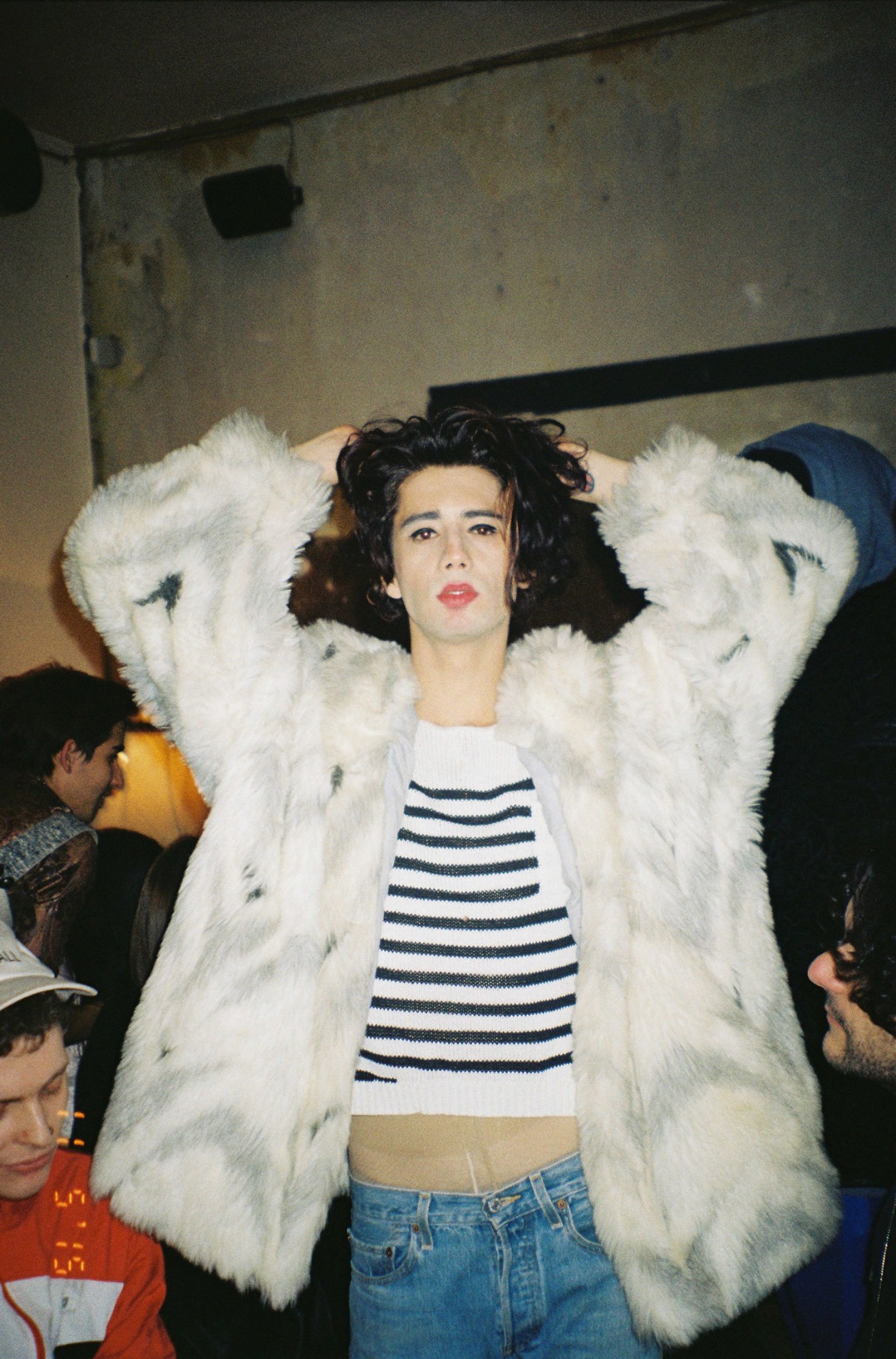
In front of Nebieridze’s lens, all the national differences disappear, and each character becomes a unique part of Berlin’s new tribe. It doesn’t matter how they ended up here — whether in search of sexual liberation, creative possibilities, or just good raves — they embody the fresh new energy which knows no borders. At the same time, Nebieridze’s portraits are more than just a manifesto for the new wave of immigration — they have very intimate and authentic quality to them, like quiet corners of the city which you come across by chance. “In my photos people are relaxed because nothing is staged,” Nebieridze explains. “I photograph them in the situations when they feel free. It takes me just several seconds to make each shot, so they don’t even have time to stress. Most of them pose for big campaigns and big polished photographers very often, but with me, they seem to be showing their true selves in a more honest manner.”

“I love photographing people in general, but I hardly ever separate portraits like this,” he adds. “I was always mixing people and surroundings in my projects, but this time I’m dedicating myself to these creatures who inspire me every day. When I think of Berlin, I think of these angels and devils, no museums or landmarks can replace them.” As a whole, Nebieridze’s series is also a fascinating documentation of the style of Berlin’s cool crowd which young people of all over the world admire and try to replicate. A combination of sportswear, leather, fearless attitude, and sense of humor (like the DIY bootleg homage to Vetements) are all present in the photos. “I would avoid defining Berlin style in one sentence even though there are people following certain fashions”, Nebieridze says. “Sporty/Trash is still popular, for instance, There are a lot of Health Goth-kind-of kids from Scandinavian style as well, but people shown here define their own cults and trends that are very hard to ignore. Also, big fashion trends start from these people’s looks. Things I see at new Vetements and Gosha Rubchinskiy shows are quite worn out here and make you think like, this is so 2014.”
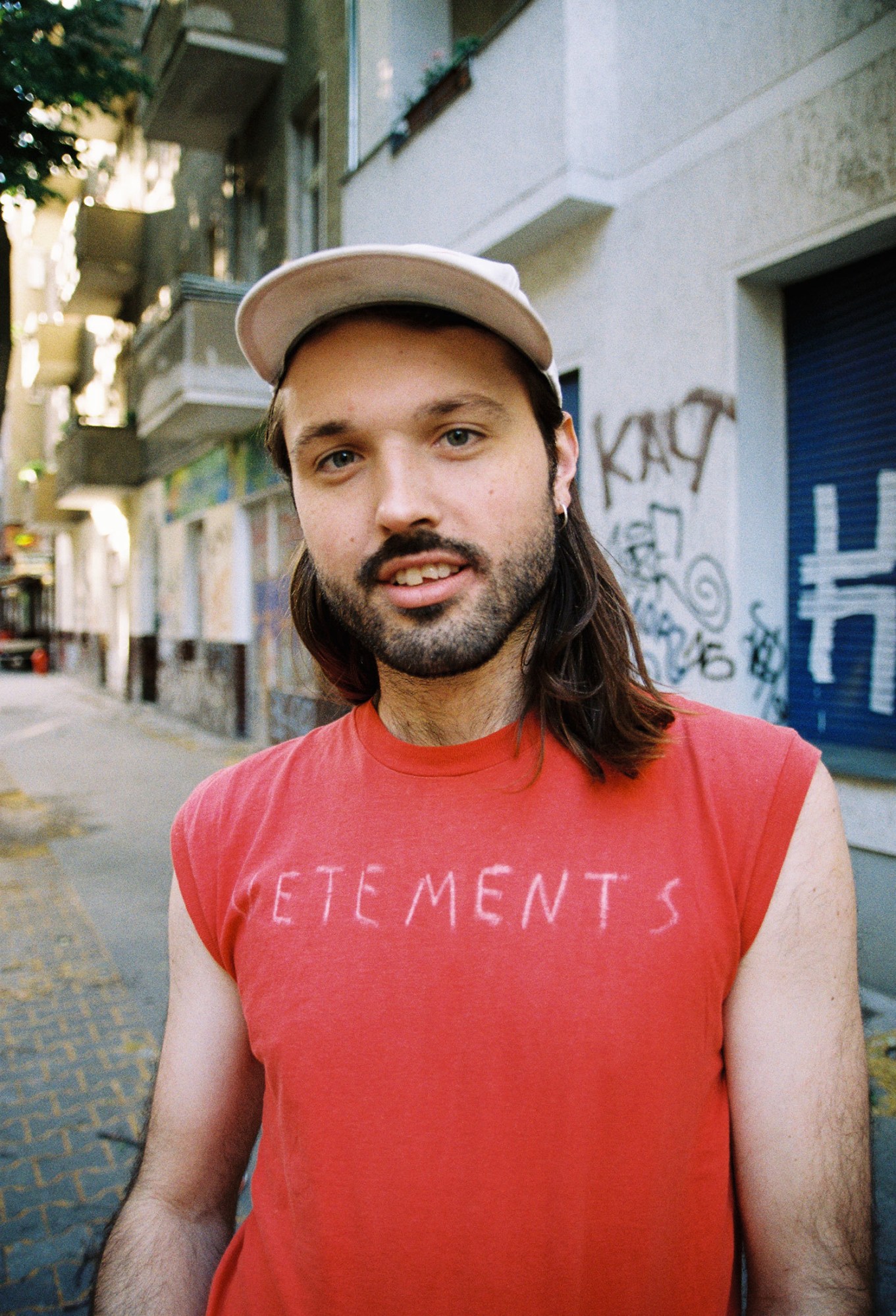
Today we all look up to Berlin as an example of a city which is fueled by creative power brought in by young people from all over the world, a birthplace of the multicultural future. Is this a utopian idea? Nebieridze is convinced that there are much more portraits to come. “I know I still have so much more to shoot,” he says. “These people are an enormous source of inspiration to me and to many others. But another fascinating thing about all this is that people come and go rapidly. That means that the stream doesn’t stop. It’s mind-blowing and it just keeps coming, more and more.”
